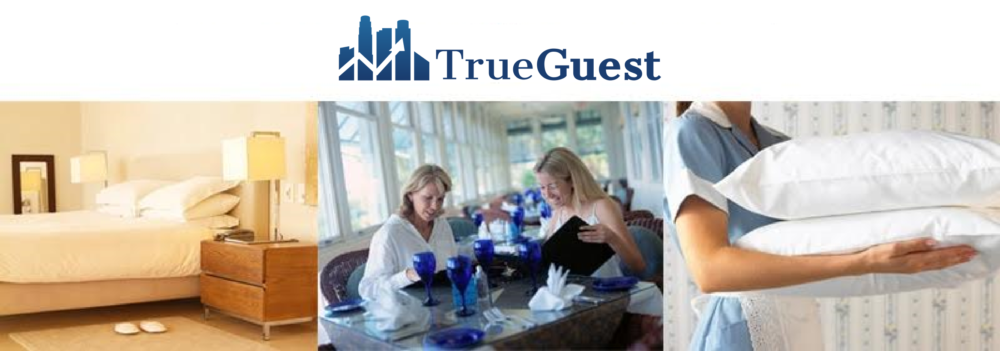Dear TrueGuest,
I read a couple of articles on your site about using table numbers to reduce employee theft. How does that work? Also, how do I assign table numbers in my restaurant?
Great question! Using table numbers is not only a key tool for guest service but a great tool for reducing internal theft. However, judging by the receipts we see in hotel restaurants, very few hotels take advantage of using table numbers in restaurants or seat numbers in bars. Why does using table numbers help reduce internal theft:
- Using table numbers makes it easy for a manager or supervisor to monitor an employee’s open checks. As a manager, I used to stop in the restaurant often and pop open the floor plan on the point of sale system. Anytime I would see an open check at a table without anyone sitting at, I knew there was a problem that needed to be investigated. My policy was always that checks must be closed as soon as payment was made.
- Using table numbers and seat numbers makes it hard for servers and bartenders to reuse checks and steal the cash. We’ve written quite a bit in the past about problems with servers and bartenders reusing checks. See this article on check splitting and this section in our internal control guide for bars on reusing checks. If your restaurant and bar have a good table and seat number systems, it is more obvious when servers and bartenders reuse checks. For instance, if a guest at table 22 pays cash for their buffet, the server cannot easily reuse that same check with table 34.
- Using table numbers and seat numbers also adds another layer of perceived controls. It seems simple, but the more controls you have in place, the less employees will test them. Experienced servers and bartenders know that restaurants who do not have simple controls like table numbers in place probably aren’t doing a very good watching out for internal theft.
How do you assign table numbers in your restaurant and bar?
- It depends on your table layout but any method will work as long as it is consistent. For dining rooms with rows of tables, we like using 10, 20, 30 to represent each row. For instance, the first table in row 1 is table 11, the second one is table 12. The first table in the second row is table 21, the second one is table 22. We usually avoid using the numbers 1-9 since those are the numbers that servers like to use for table numbers when they just hit a random button.
- Once you have decided on your layout, be sure to print up a few maps and post them at the host stand and near each point of sale system. Also, be sure to reprogram your point of sale system layout so the server can just point at a map of the tables to open a check.
Got a question for TrueGuest? Post it in the comments below or send us an email!
